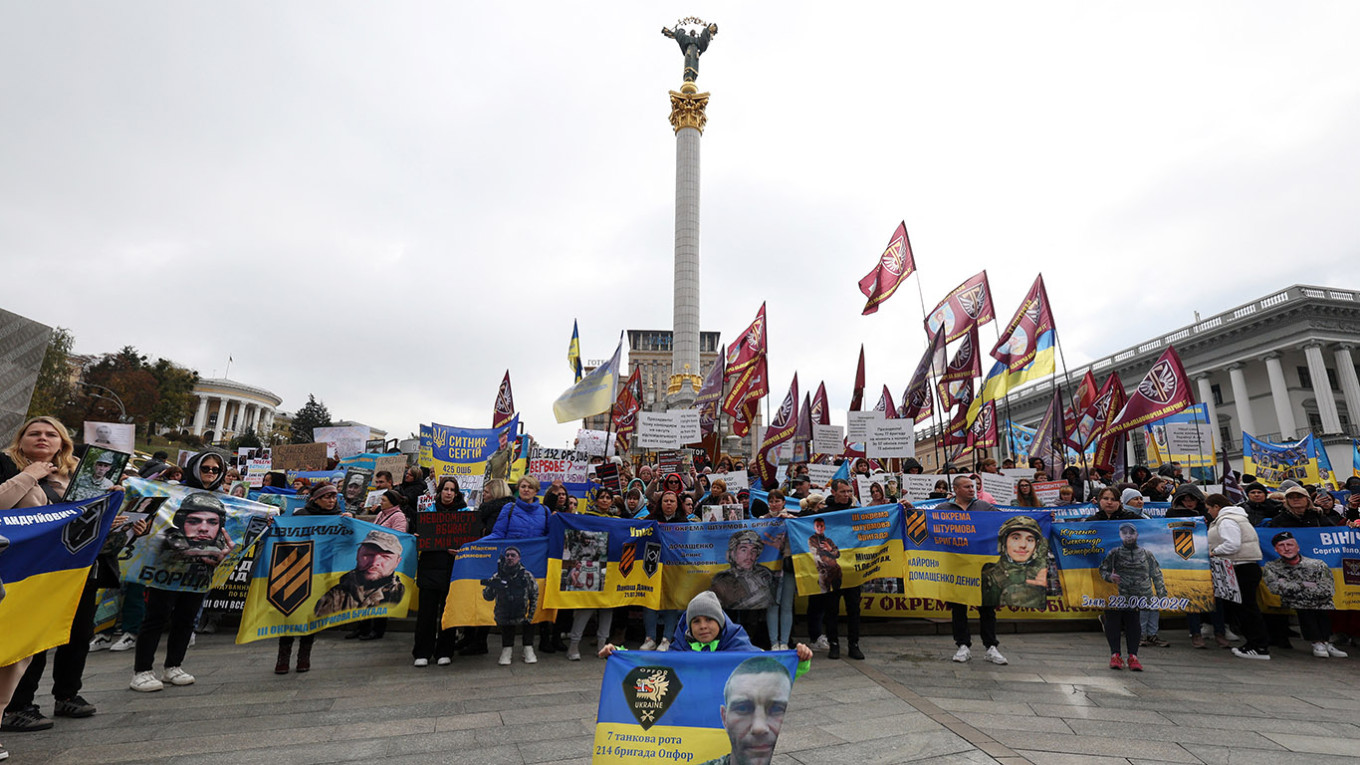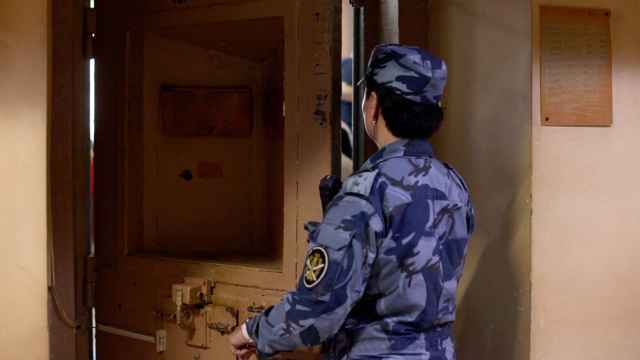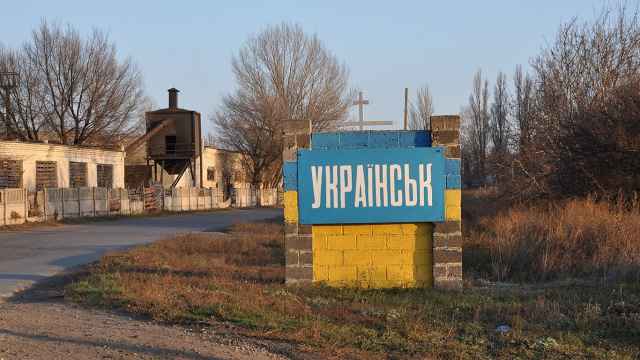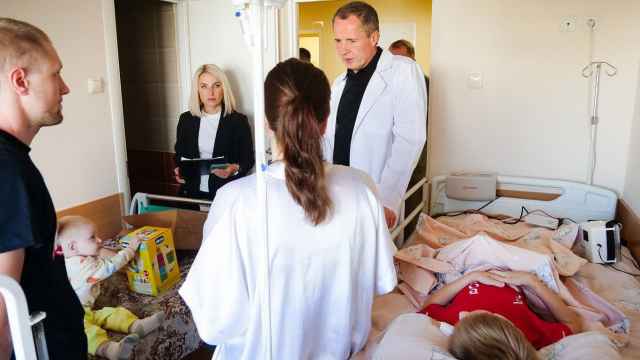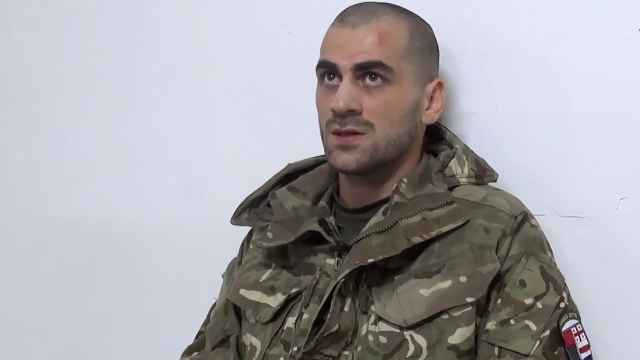Amid the growing chorus of voices calling for peace, Ukraine introduced its Peace Formula and the Peace Summit format in an attempt to control the narrative and counter initiatives that advocate peace at any cost. Any peace settlement that lacks justice and a strategic vision of Ukraine’s fast integration into Western alliances risks becoming another milestone in achieving Russia's goal to eliminate Ukraine as an independent, democratic state. But there are already signs that Kyiv's allies will not back every detail of the proposal.
During President Zelensky's recent U.S. visit, he presented Ukraine’s Victory Plan in meetings with President Biden and both presidential candidates. An interesting turn came during a joint briefing with candidate Trump, where Trump first used the term "just peace.” This is a notable shift in rhetoric given his repeated calls for swift but potentially harmful resolutions. Only time will tell which approach he favors.
On October 17, Zelensky finally unveiled Ukraine's Victory Plan to the Ukrainian parliament and the public. With five primary points and three classified annexes, the plan calls for Western partners to abandon their overly cautious policies because Russia takes any sign of weakness as an excuse to push further into Ukraine.
According to Zelensky's overly optimistic perspective, the plan could lead to a just peace by 2025 if implemented promptly and completely. However, it appears more like yet another attempt to avoid being caught between a rock and a hard place with Russia aiming to re-colonize Ukraine and Kyiv’s partners calling for Ukraine to set realistic goals and even make significant concessions to Russia without tangible guarantees in return. However, another compromise at the expense of the victim of aggression in exchange for more vague promises of a brighter future could very well lead Ukraine back into crisis.
Washington’s reaction to Ukraine's Victory Plan has been lukewarm. NATO Secretary General Mark Rutte called the plan a "strong signal" from Kyiv and reiterated that Ukraine's future lies within the alliance. However, he also said he could not endorse the entire plan, indicating some reservations among NATO members regarding its feasibility and implementation.
Unsurprisingly, the Kremlin told Ukraine to “sober up.” Russian Foreign Ministry spokeswoman Maria Zakharova appealed to allies’ fear that the plan would push NATO into direct conflict with Russia. Russian reaction, in itself, indicates that the plan may effectively limit its aggression and could ultimately force Russia to lose Ukraine “if it cannot let it go," as Zelensky put it.
The first point of the plan reflects Ukraine’s long-standing aspiration for NATO membership, the only genuine mechanism for ensuring its long-term preservation. Ukraine seeks an invitation, which requires only courage, without necessitating immediate practical steps for acceptance. This invitation would serve as a symbolic act and a diplomatic victory, as empty metaphors like "irreversible path" or "bridge" convey a message contrary to the intended one. Ukraine's determination to join NATO also signifies that there is no alternative to this path.
The second point emphasizes military defense, demanding the installation of Western-backed operations to strengthen Ukraine’s capabilities. This includes investments in Ukrainian defense production, bolstering its air defenses, operations on Russian territory, the lifting of restrictions on the use of long-range weapons, providing appropriate long-range capabilities, and giving Ukraine acces to real-time satellite data and intelligence information.
Despite long-standing advocacy, Ukraine's sky remains open. Ukraine's operation in Kursk, while not heavily criticized in the West, has also not been encouraged and allies are still delivering aid so slowly that Ukraine is fighting with one hand tied behind its back. The call for a joint air shield allowing to put Russian missiles down over Ukraine’s territory is long overdue, as it reflects the aid provided to Israel and has no signs of direct confrontation with Russia.
The third component focuses on deterrence: turning Ukraine into a fortress capable of preventing any future Russian invasion. This plan calls for the deployment of advanced non-nuclear deterrents on Ukrainian soil, making it clear to Moscow that Ukraine will never again be a playground for Russian imperialism.
The fourth point focuses on unlocking Kyiv’s strategic economic potential, working with its partners to protect the country’s critical resources and attracting investment. Ukraine holds reserves of natural resources and essential metals worth trillions of dollars, such as uranium, titanium, lithium, and graphite, which will provide Kyiv with a competitive edge as demand grows. This is not only an attempt to attract Western capital but to convince Western elites that Ukraine’s long-term stability is in their interests as well. But care must be taken to make sure Ukraine is not exploited for its resources, as it has been for centuries.
Economic deterrence also includes the prolongation of economic sanctions on Russia, a point which is especially critical as Moscow will almost certainly argue for their lifting as part of negotiations.
The final point in the Victory Plan looks to the post-war era, proposing that Ukraine’s battle-hardened military forces become a permanent part of European security architecture. By replacing some U.S. forces in Europe, Ukraine would cement its role as a defender of the continent, while the U.S. could reallocate resources to other theaters. For Ukraine, this would help ease the reintegration of veterans and ensure their economic well-being.
The document, which distils many of Kyiv’s requests since the full-scale invasion, offers a realistic perspective on Ukraine’s survival rather than outright victory. However, it is viewed in the West as maximalist, meaning its implementation is likely to be extremely limited.
A Message from The Moscow Times:
Dear readers,
We are facing unprecedented challenges. Russia's Prosecutor General's Office has designated The Moscow Times as an "undesirable" organization, criminalizing our work and putting our staff at risk of prosecution. This follows our earlier unjust labeling as a "foreign agent."
These actions are direct attempts to silence independent journalism in Russia. The authorities claim our work "discredits the decisions of the Russian leadership." We see things differently: we strive to provide accurate, unbiased reporting on Russia.
We, the journalists of The Moscow Times, refuse to be silenced. But to continue our work, we need your help.
Your support, no matter how small, makes a world of difference. If you can, please support us monthly starting from just $2. It's quick to set up, and every contribution makes a significant impact.
By supporting The Moscow Times, you're defending open, independent journalism in the face of repression. Thank you for standing with us.
Remind me later.



